Gerardo Gonzalez was introduced to braiding rawhide in the late 1990s when he worked for the Elison Cattle Company, based in Midas, Nevada. A fellow cowboy would braid during his free time, which looked interesting to Gonzalez. He learned little to no braiding techniques then, but the idea of braiding stayed in his mind until 2018, when he began attending the Rawhide Gatherings.
That is where he met his first real mentor and fellow braider, Brad Tarp, who would teach him all the elements of rawhide braiding, beginning with the cowhide, which will provide the material for braiding. He learned to remove the flesh and put the hide in a frame to stretch during drying. Gonzalez learned to cut continuous one-inch wide correas, the Spanish for straps, from the hide. The correas are then narrowed down by using a machine called a doughnut cutter. The doughnut cutter will help yield about 300 feet of material. The correas will be worked over many times to get the desired width. Then again, he will split off the correas until the desired thickness is reached for the strings that will be used for building an item. As an example, to make a 3-strand rawhide reata or rope, Gonzalaz will start with 270 feet of usable correa; by the time he is done pulling the material through the doughnut cutter, all by hand roughly six times, he would have approximately 1,600 feet of strips and very sore arms. Then he would begin twisting the three strands to build the reata.
Gonzalez attends many Rawhide Gatherings. One of these is held in Decatur, Texas, by a gentleman named Clint Haverty each year. Many top braiders from around the country and the world attend, some coming from as far away as Denmark and Argentina. This is the event that would get him back into braiding in 2018.
Many people he met during this journey have become good friends and family. One notable acquaintance he has made is the curator of the Fort Worth Stockyards Museum in Fort Worth, Texas, to whom he donated some items on display today.
Braiding was becoming a dying art, but thanks to the hard work of people like Gonzalez and Haverty and the annual gathering of braiders to trade ideas, techniques, and designs, the tradition and enthusiasm for braiding rawhide are still alive and thriving.
Gonzalez’s work includes quirts, bosals, hackamores, and reatas. Check out his Facebook page for availability; custom orders are rarely accepted.


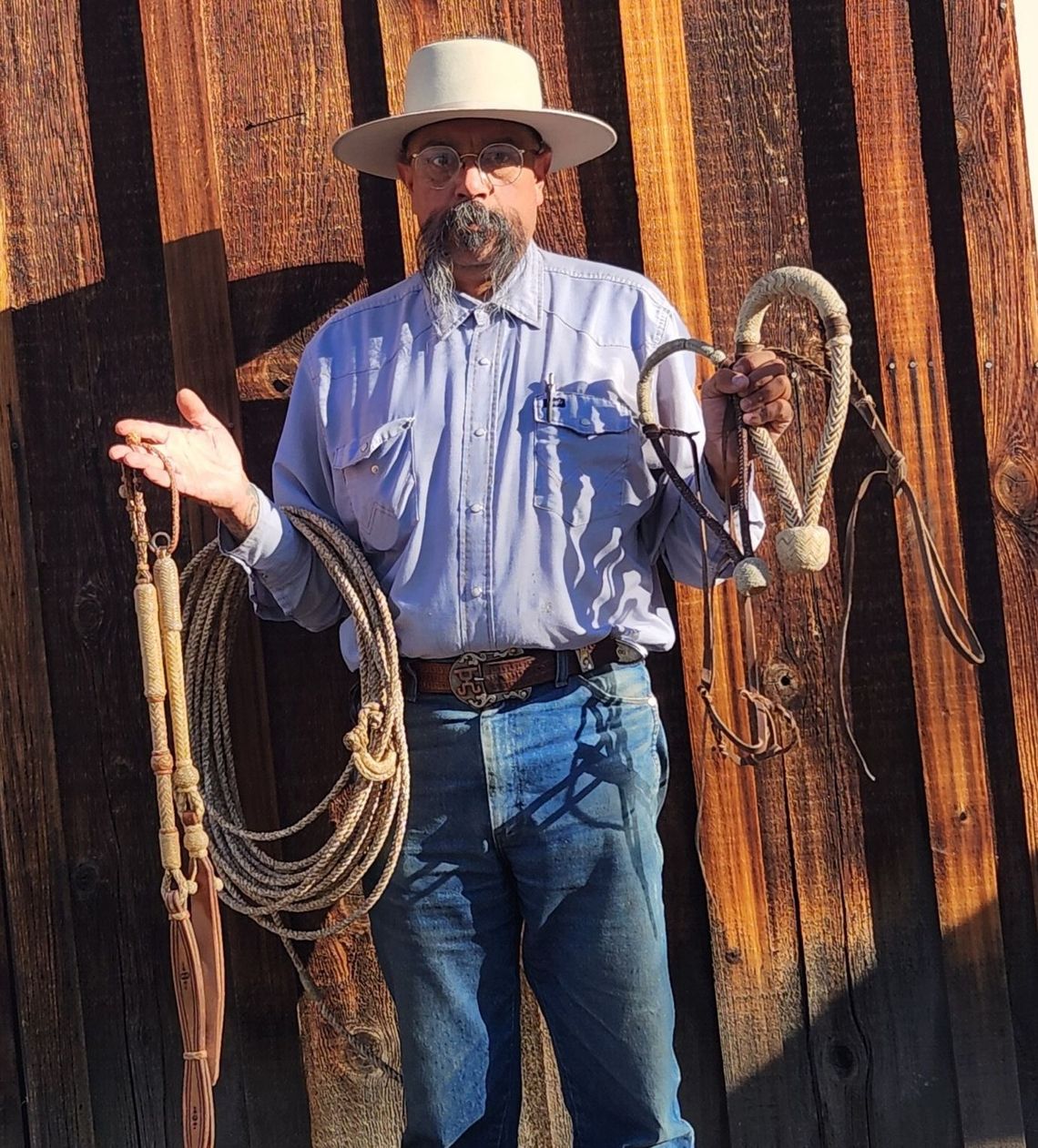
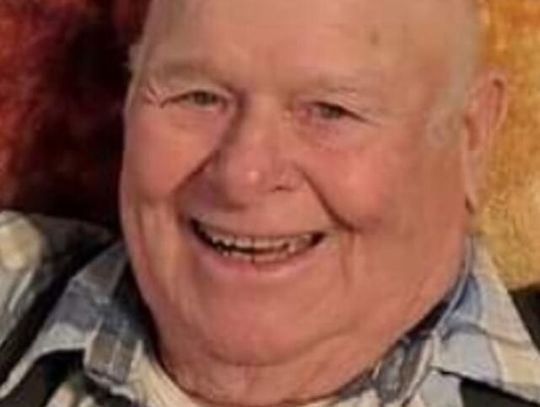
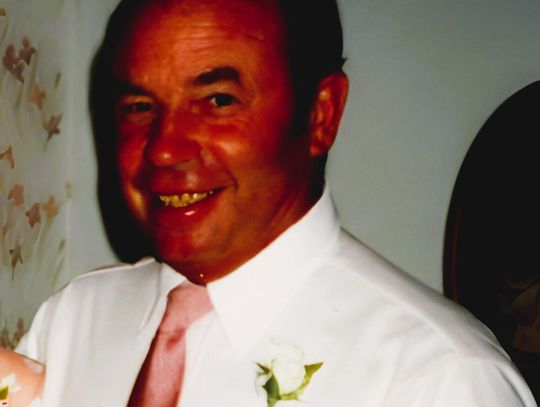
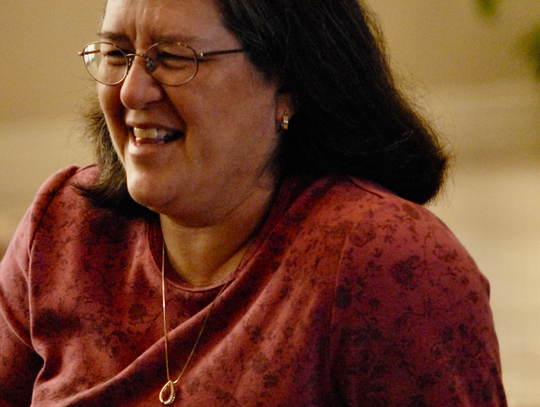
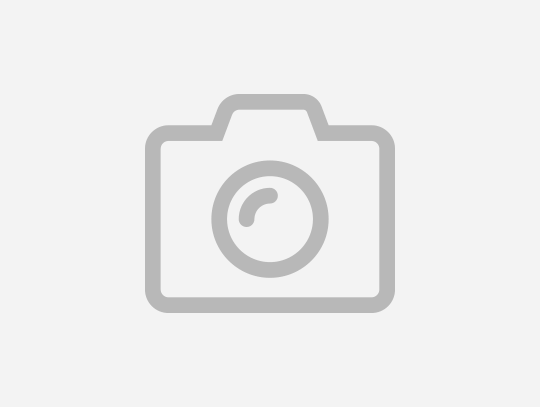
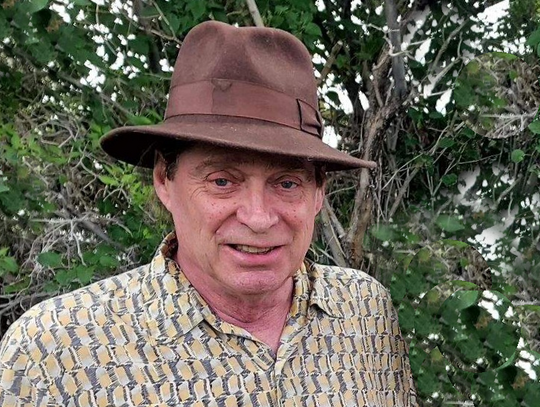

Comment
Comments